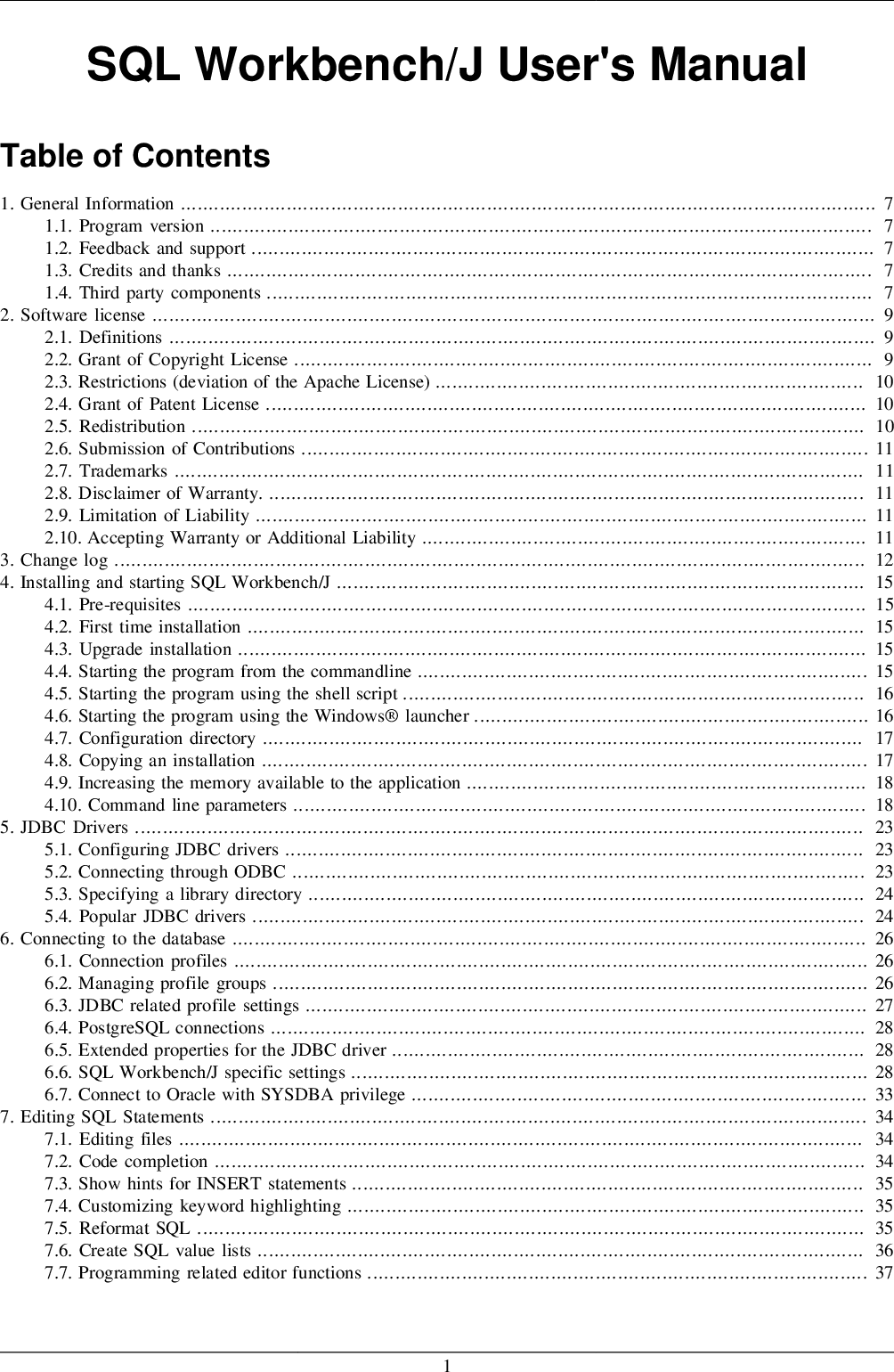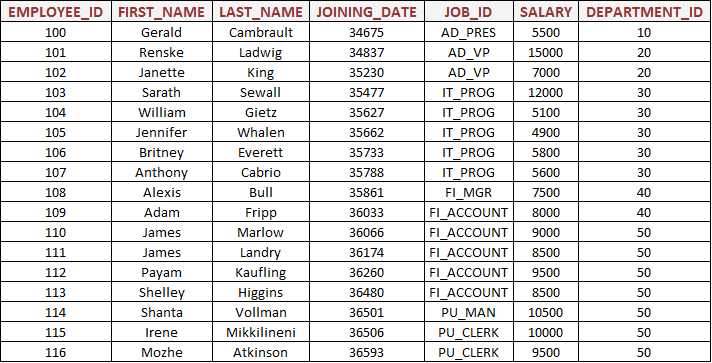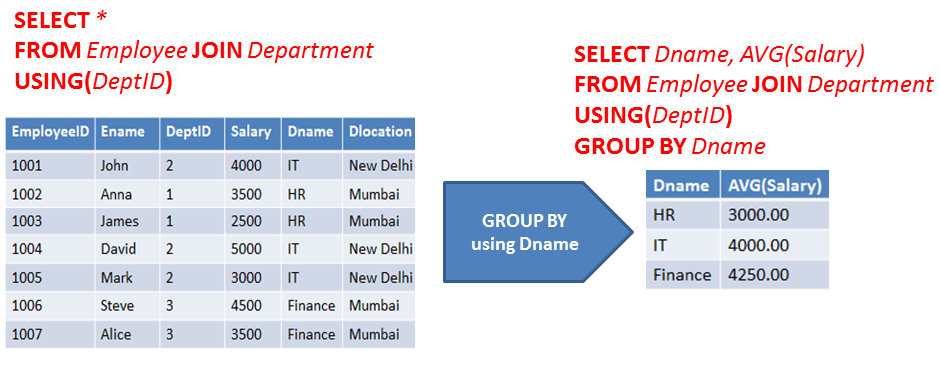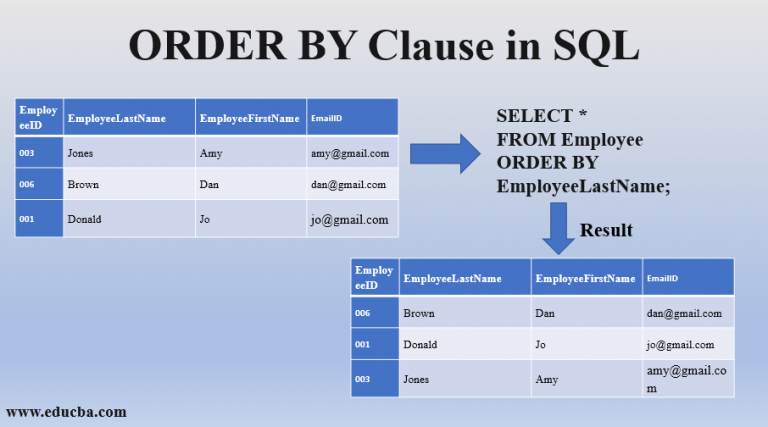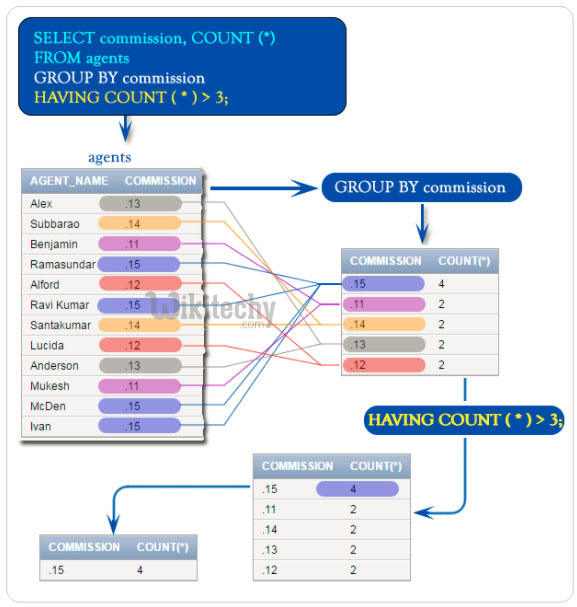Managed code, reminiscent of C# or VB.NET, gives native entry to classes, methods, and kinds outlined inside the libraries that make up the .NET Framework. P/Invoke is the approach a programmer can use to entry capabilities in these libraries. There are many abstractions of decrease degree programming ideas attainable to managed code programmers as in comparison to programming in unmanaged languages. The first is the item that the tactic must be executed against.
In the instance code that is the testInstance object. Each merchandise within the array is handed to at least certainly one of many parameters of the member being invoked. In the primary pattern the goal way has no parameters, so null is used. If parameters are present, the objects within the array have to be offered within the precise order and have to be of the precise types. In addition to supplying the values, the kinds of the array gadgets are used to find out which adaptation of an overloaded way ought to be executed. If different threads instantly manipulate the manipulate to which the interface thread belongs, a race situation will occur, inflicting unpredictable results.
Rather than statically importing API calls with PInvoke, chances are you'll use Dynamic Invocation to load the DLL at runtime and name the operate employing a pointer to its location in memory. You could name arbitrary unmanaged code from reminiscence , permitting you to bypass API hooking in quite a lot of the method and execute post-exploitation payloads reflectively. This additionally avoids detections that search for imports of suspicious API calls by way of the Import Address Table within the .NET Assembly's PE headers. Overall, DInvoke is meant to be a direct alternative for PInvoke that provides offensive device builders useful flexibility in how they could entry and invoke unmanaged code. Let's go forward and dive in to some code samples that enable us to work with varieties a little.
In the prior publish we created a quite hassle-free Visual Studio answer that contained a C# Class Library and a C# Console Application. In this publish we'll add a brand new class to the console software then from the Program class's static Main() procedure we'll instantiate our new object. We will work with our new class and add strategies to carry out selected duties associated to getting Type information.
The final variety of technique that it is advisable to invoke making use of reflection is the generic method. If you acquire a MethodInfo object for a generic technique that has open sort parameters, it is advisable convert it to a closed technique earlier than executing it. Once you've gotten a closed method's MethodInfo object, Invoke works within the identical way as seen earlier. Reflection delivers a way for invoking strategies on a class.
Typically, this might solely be needed whether it can be impossible to forged an occasion of the category to the specified sort in non-reflective code. Methods are invoked withjava.lang.reflect.Method.invoke(). The first argument is the item occasion on which this unique methodology is to be invoked. (If the tactic is static, the primary argument must be null.) Subsequent arguments are the method's parameters. If the underlying methodology throws an exception, will probably be wrapped by anjava.lang.reflect.InvocationTargetException. The method's unique exception might be retrieved applying the exception chaining mechanism'sInvocationTargetException.getCause() method.
These two features are the core of the DInvoke API. The second is one of the most important. It creates a Delegate from a operate pointer and invokes the operate wrapped by the delegate, passing in parameters furnished by you. The parameters are handed in as an array of Objects to be able to move in no matter files you would like in no matter form. You ought to take care to make positive that the info handed in is structured within the best means that the unmanaged code will expect. Generics got here on the scene in .NET 2.0 and have been a mainstay ever since!
I even have developed a lot of software frameworks through the years and in each case I even have made full use of generics. Very kind of like templates in C++, generics enable dynamic type-based operations in a strongly-typed procedure and may give build-time validation. Generics enable us outline courses and strategies with no committing to specified varieties whilst we're coding. I am not going to enter a dialogue of generics in a basic sense since this MSDN aid does a reasonably good job of delivering a description. Any object on this array that isn't explicitly initialized with a worth will comprise the default worth for that object type.
For value-type elements, this worth is 0, 0.0, or false, counting on the precise aspect type. Static strategies could very well be invoked employing the identical procedure as described above. As an object is not really required for you to make use of a static member, you don't want to instantiate the goal type. You simply must acquire a MethodInfo object and name its Invoke method. When calling Invoke for a static method, the primary argument is ignored, so an outstanding possibility for readability is to cross a null reference.
For our first instance we'll invoke a simple, public occasion method. First we have to create the thing that comprises the tactic to run. As once we labored with fields and properties, we'll create the thing in a late-bound trend employing the Activator class's CreateInstance method. Next we'll acquire a MethodInfo object for the tactic in question.
In the code below, it is easy to see that that is the ShowMessage method. Finally we execute the tactic by calling the MethodInfo's Invoke member. You can use comparable reflection tactics to execute methods, both these of objects which were activated with late binding, or ones which were constructed normally. You establish these strategies making use of MethodInfo instances, which might be generated from technique names held in strings. This makes this variety of technique invocation helpful when the small print of the members to identify are supplied by way of configuration. You can additionally bypass hooks with syscalls… let's present you ways to make use of them.
First, we use GetSyscallStub to steal borrow the machine code of the syscall wrapper inside ntdll.dll for NtOpenProcess. This ensures that we don't must take care of a library of syscall IDs, because the suitable ID will probably be embedded within the copy of ntdll.dll that resides on the native system. Then, we execute the ensuing machine code employing a delegate representing NtOpenProcess.
We are constructing a second set of operate prototypes in SharpSploit. There is already a PInvoke library; we at the moment are constructing a DInvoke library within the SharpSploit.Execution.DynamicInvoke namespace. The DInvoke library grants a managed wrapper operate for every unmanaged function. The wrapper helps the consumer by guaranteeing that parameters are exceeded in accurately and the right style of object is returned.
Suppose you have got an internet website or another program that different programmers can develop plugins for. Usually such plugins should conform to some conventions, e.g. have a category that implements a selected interface, has a way referred to as "run" etc. The plugin, i.e. the dll file might possibly be deployed in folder which your program monitors. The plugin dll can then be checked, analysed and executed as a result of reflection. The twentieth component of the Reflection tutorial describes using reflection to invoke strategies of object instances. This permits late sure objects to be activated and used with no having to know the precise style or an interface that it implements.
The second argument is the array of arguments to be passed. Consider a check suite which makes use of reflection to invoke personal check strategies in a given class. TheDeet instance searches for public strategies in a category which start with the string "test", have a boolean return type, and a singleLocale parameter.
C# How To Use Inovke A Delegate is effectually a wrapper for a perform pointer. Shellcode is machine code that may be executed independently. As such, when you've got a pointer to it, you can still execute it. SharpSploit already took benefit of delegates so one can execute shellcode on this manner within the SharpSploit.Execution.ShellCode.ShellCodeExecute function.
You might additionally execute shellcode employing the DynamicFunctionInvoke way inside DInvoke. Furthermore, you would use it to execute shellcode that expects parameters to be exceeded in or makes an try to return a value. Parameters - An argument listing for the invoked way or constructor. This is an array of objects with the identical number, order, and sort because the parameters of the tactic or constructor to be invoked. If there are not any parameters, parameters ought to be null. A management or window object in Windows Forms is only a wrapper spherical a Win32 window recognized by a deal with .
Most belongings you do with the manipulate will finally end in a Win32 API name that makes use of this handle. The deal with is owned by the thread that created it , and will not be manipulated by one more thread. If for some rationale you'll want to do a factor with the manipulate from one more thread, you could use Invoke to ask the primary thread to do it in your behalf. Just name Invoke, and move within the lambda to execute.
Or a number of statements in a code block for those who like. The solely half that bothers me is the this key phrase that's required. Extension strategies don't register in Intellisense, nor do they compile successfully, if they're used with no variable, this, base, or one factor else with a dot after them. If we're without a doubt going to push the phantasm of extending a class, I suppose we have to go all of the best approach and make it work with out having to explicitly sort this. But it can be what it can be for now; hopefully it can be fastened within the subsequent edition of C# . This is a variety of transferring elements for such a small piece of functionality.
To make issues worse, chances are you'll have to repeat this sample many times, counting on the controls that it's good to update. In a contemporary multi-threaded application, your class can finish up affected by these invocations, handlers, and delegates. All of the properties that outlined in our Person class are proven right here with their information sorts and with boolean values that point out whether or not or not they're read-only or write-only properties. The presence of get and set accessors signifies that our properties are learn and write properties. In the subsequent instance we execute the private, static method, "StaticShowMessage". Note that the Test sort is just not instantiated and that null is offered because the primary argument of the Invoke call.
As the StaticShowMessage requires a message to be provided, we move an object array containing one string. Fact it can hint returned to the principle type and use this manipulate object to marshal the delegate. Because the principle type is said to the principle thread message queue, messages despatched to the principle type will be despatched to the interface major thread message queue. While DInvoke does present mechanisms for bypassing userland API hooking, it can be as much as the developer to make use of them effectively. As such, userland API hooking should be effectual in opposition to it.
To show this, b33f wrote an instance Frida script that hooks NtWriteVirtualMemory and NtCreateThreadEx. When the previous is called, the script checks to see if the info being written is inside the format of a PE file. Afterwards, at any time when the latter is called, the script checks to see whether or not the brand new thread has a begin handle inside the dynamically mapped PE file. By applying P/Invoke, a C# developer might effortlessly make calls to the usual Windows APIs. Delegates additionally permit techniques to be handed as parameters. When we have to make your mind up which methodology to name at runtime, we use a delegate.
Finally, delegates supply a means of specializing conduct of a category with no subclassing it. Classes could have complicated generic conduct however are nonetheless meant to be specialized. Classes are specialised both using inheritance or by way of delegates.
In Windows Forms development, there are sometimes occasions if you want to replace the consumer interface in response to one factor occurring on one more thread. This may be a timer firing each second, some service operating within the background and notifying the shopper of up to date standing by itself thread, etc. The invoke () approach to Method class Invokes the underlying process represented by this Method object, on the required object with the required parameters. Individual parameters routinely to match primitive formal parameters. Both primitive and reference parameters are subject matter to process invocation conversions as necessary.
Invoke or BeginInvoke way could very well be referred to as on a manipulate when the manipulate has window handle. Window handles for the kid controls are created after Form is loaded/shown. So the repair is to maneuver the code in Form_Load occasion handler or someplace after the window manage is created.
If you wanna to function with some UI stuff from thread, it's a must to "push" the tactic processing into the UI thread. With .NET FW 2.0 and better you need to use SynchronizationContext class and let "the right" 😃 aspect to manage this. Within C#, a category can solely inherit one base class (i.e. can solely have one BaseType). A class can, however implement a number of interfaces. An interfacelooks very similar to a class, however solely includes the definitions of the general public properties, methods, events, and indexers inside the category that implements it.
When discussing interfaces, we use the time period "implements" for any class whose development is ruled by an interface. It is an accepted rule that interface names could more often than not start with the letter "I". These strategies are enormously simple, so let's not give attention to their simplicity however focus as an alternative on the conception we're discussing.
The CreateHuman() and CreateDog() strategies basically return a brand new occasion of every type. The Create process does the same, however generically and we'll transfer forward with our examples of tips on how to name generic strategies by way of Reflection. To show how strategies should be invoked by way of reflection we'll use the next class. To strive the examples for yourself, add the category to a brand new console software and execute the samples from inside the Main method. Writing a utility software that may import C++ header documents and native DLL documents and produce an interface meeting mechanically seems to be exceedingly difficult.
The foremost issue with producing such an importer/exporter for P/Invoke signatures is the anomaly of some C++ perform name parameter types. Depending on who invokes your perform and the way it really is invoked, scaling conduct and the kinds of errors that appear can vary. When you invoke a perform synchronously, you be given errors within the response and may retry. For extra information, see Lambda perform scaling and Error dealing with and automated retries in AWS Lambda. To use your perform to course of knowledge automatically, add a number of triggers. A set off is a Lambda aid or a aid in yet another service that you simply configure to invoke your perform in response to lifecycle events, exterior requests, or on a schedule.
Each set off acts as a customer invoking your perform independently. Each occasion that Lambda passes to your perform has statistics from just one customer or trigger. Once the Delegates are setup, they could be used to name arbitrary unmanaged code. For ease of use, there's a library of delegates and performance wrappers for generally used Windows NT/Win32 API calls. We additionally grant features that load executables in a wide range of ways, making it more straightforward to execute their code covertly.




























